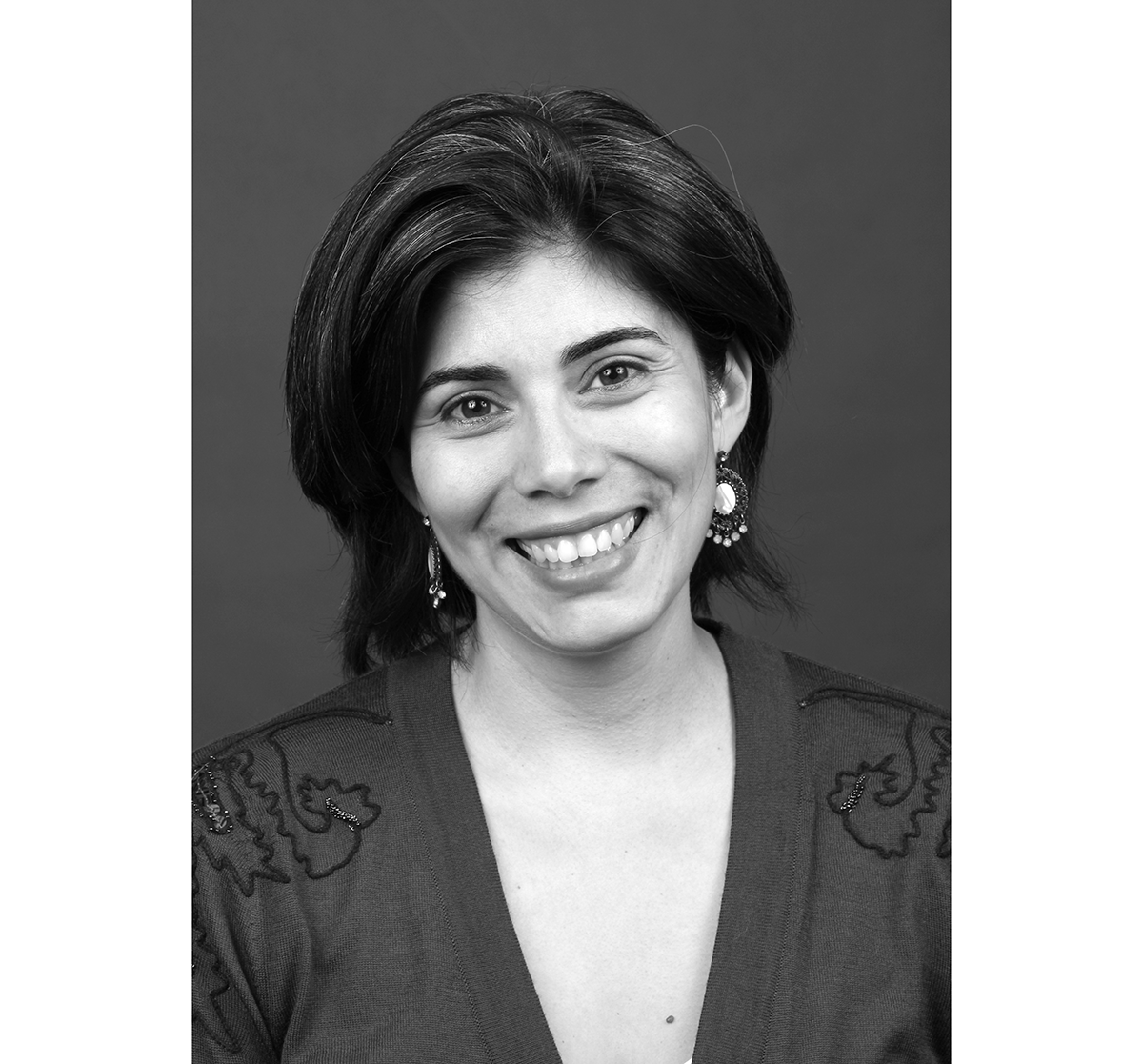
by Priscilla Peña Ovalle, Associate Professor, UO Department of English
At the 2014 American Studies Association conference, I met with the publisher of my first book to pitch my new project, Media/Hair/Style. The project would fill a gap in media scholarship about the historical, industrial, and cultural study of hair in mainstream media. I conceived the two-part project as a traditional monograph documenting the history of hair styling in the U.S. film and television industries and an interactive database narrative showing users the visual, racial, sexual, and gendered conventions of hair in film and TV scenes. I excitedly shared the idea with my editor…only to find that a scholar I admire was already writing a book and editing a collection about hair in Hollywood film. In a matter of seconds, the time and energy I had spent researching and thinking about the project seemed null and void.
After the panic wore off, I found the silver lining: my project no longer needed to “say it all.” My preliminary formal and informal research confirmed that nearly everyone cares about hair: disciplines from art to sociology address it, and nearly every colleague or friend with whom I discussed my work shared countless personal thoughts about hair. There was so much to say! Now that more media studies scholars were turning their attention to hair as a distinct area of study, I could be more focused—but no less dynamic—in my approach. Fortunately, I soon discovered that publishers like to see a series of projects emerging about a topic, as it shows there’s a community of scholarship emerging.
With renewed energy, I have focused Media/Hair/Style on television. Since my first book, Dance and the Hollywood Latina: Race, Sex, and Stardom, focused on film, it made sense to shift my attention to television to highlight my personal and scholarly connection to both media. By limiting my case studies to the very popular medium of television, a compelling cast of characters raised new questions about agency and the visual construction of race, gender, and sexuality. For example, what is so funny about comedic redheads like Lucille Ball or Carol Burnett? And what can we make of RuPaul and her blondeness—or his baldness—in music videos or on RuPaul’s Drag Race?
I still plan on developing a hybrid research project, but I am now more realistic about the pre-production required to sustain both written and visual scholarship—as well as how such projects count towards promotion or are publicly distributed. To be strategic, the first article of Media/Hair/Style focuses on Rita Moreno and her work with the PBS television show The Electric Company (1971-77). This essay bridges my first book, where I talk at length about Moreno’s Hollywood dance career, and my new research by focusing on racial representation, the use of wigs on television “variety” shows, and the politics of educational programming on public television. The essay is a model for the methodology of Media/Hair/Style; the research gleaned serves as a prototype of the interactive project’s database contents and structure.
Media/Hair/Style marks my return to media production since I focused on a single-authored, monograph-style research project to gain tenure. Post-tenure, I realize that I yearn for a humanities research model that works more like a film or television set: I want to write and produce visual scholarship that highlights the collaborative nature of research and dynamic thinking and is accessible to a general audience. Henceforth, my goal is to make the research and writing process as collaborative and transparent as a media production by bringing my methods to the foreground. For these reasons and more, I am coauthoring the Rita Moreno essay with Elizabeth Peterson, UO humanities librarian and curator of moving images. By sharing the credit on this project, I can better honor the level of collaboration often required to produce thoughtful research and new media scholarship while managing administrative duties, teaching, mentorship, and some semblance of a personal life.
Thanks to the generous support of the Center for the Study of Women in Society (CSWS), the Oregon Humanities Center (OHC), and the College of Arts and Sciences, I have spent the past three years writing proposals, seeking grants, and developing the production skills required to sustain my next phase of scholarship. In the fall of 2013, I kicked off my sabbatical year with a term as an Oregon Humanities Center Research Fellow. The fellowship allowed me to strategize my research plan effectively, develop a bibliography, and explore early methodological goals for the project—all of which helped me better communicate my project to potential publishers and draft local and national grant proposals. In 2014, I was awarded a CSWS Faculty Research Grant, which enabled me to participate in a workshop at the Humanities Intensive Learning and Teaching (HILT) Institute at the University of Maryland. The course, entitled “Project Development,” helped me explore solid research and production models for the project—from how to formulate the “appropriate disciplinary questions for digital humanities research” to determining the best digital humanities tools and resources to structure the project. The CSWS grant has also supported the collection of materials for a visual database. Each of these steps has contributed to the framework of Media/Hair/Style.
The time to think is surprisingly rare for faculty, many of whom are often trying to balance writing with teaching, service, and myriad other obligations. When my original research plan was forced to switch gears, I gained a new appreciation of thinking—or re-thinking!—time. Without the time and community support of CSWS, the OHC, and sabbatical, I would not have had the strong research framework that enabled me to roll with the punches and explore new research questions. Time and community are incredibly valuable to nurturing the research and writing process. Thank you, CSWS, for the chance to reflect upon and share the shape-shifting process of my scholarship.
—Priscilla Peña Ovalle is an associate professor in the Department of English and the associate director of the Cinema Studies Program at the University of Oregon. Her first book, Dance and the Hollywood Latina: Race, Sex, and Stardom, was published by Rutgers University Press in 2011. She publishes and teaches about race, sex, and mainstream popular culture in the United States.

